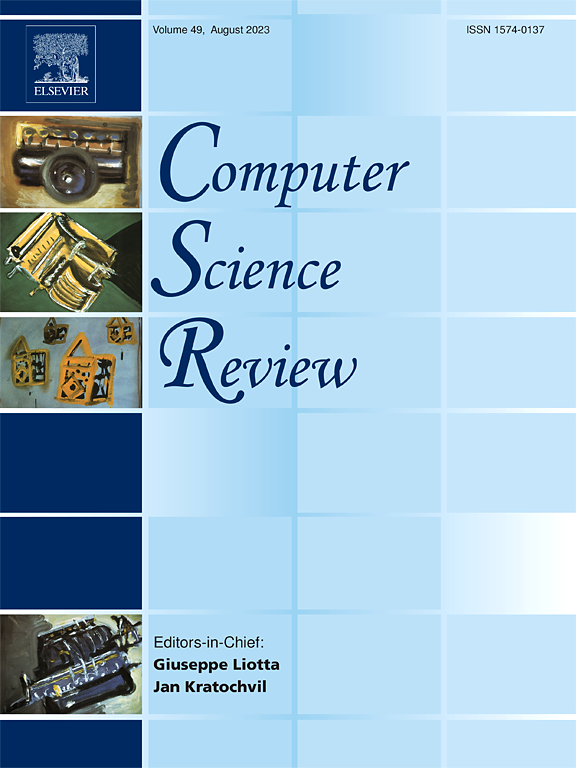基于人工智能的慢性阻塞性肺疾病诊断进展综述
IF 12.7
1区 计算机科学
Q1 COMPUTER SCIENCE, INFORMATION SYSTEMS
引用次数: 0
摘要
慢性阻塞性肺疾病(COPD)是全球主要的健康问题之一,早期发现对改善患者的预后起着重要作用。传统的诊断方法通常基于主观解释,因此在许多情况下延误了诊断。人工智能提供了一个颠覆性的机会,使各种数据类型的COPD检测和分类成为可能。本文通过使用三种主要类型的数据集回顾了基于人工智能的方法在COPD诊断中的应用:文本数据,如临床记录和电子健康记录;音频数据,包括肺音、咳嗽信号等;以及胸部x光和CT扫描的图像数据。讨论深度学习技术的使用,特别是cnn,在分析图像时,我们确定了这些网络如何成功地分类COPD病例以及严重程度。人工智能模型在COPD诊断中的潜力是非常有希望的,尽管存在数据标准化、模型通用性和可解释性等方面的挑战。这篇综述强调了人工智能在COPD诊断革命中的潜力,并概述了未来的研究方向:整合多模式数据和提高模型透明度以支持临床采用。本文章由计算机程序翻译,如有差异,请以英文原文为准。
AI based advances in diagnosis of chronic obstructive pulmonary disease: A systematic review
Chronic Obstructive Pulmonary Disease (COPD) is one of the major global health problems, and early detection plays a great role in improving outcomes for patients. Traditional methods of diagnosis are generally based on subjective interpretation, thus delaying diagnosis in many cases. Artificial Intelligence presents a disruptive opportunity, making the detection and classification of COPD possible with a variety of data types. This paper reviews the use of AI-based approaches in COPD diagnosis by using three primary types of datasets: text data, such as clinical notes and electronic health records; audio data, including lung sounds, cough signals, and so on; and image data from chest X-rays and CT scans. Discussing the use of deep learning techniques, specifically CNNs, in analyzing images, we identify how these networks can successfully classify COPD cases along with the level of severity. The potential of AI models in COPD diagnostics is very promising, though there are areas of challenges like data standardization, model generalizability, and interpretability. This review emphasizes the AI potential for COPD diagnostics revolution and outlines future research directions: integration of multi-modal data and advancements in model transparency to support clinical adoption.
求助全文
通过发布文献求助,成功后即可免费获取论文全文。
去求助
来源期刊

Computer Science Review
Computer Science-General Computer Science
CiteScore
32.70
自引率
0.00%
发文量
26
审稿时长
51 days
期刊介绍:
Computer Science Review, a publication dedicated to research surveys and expository overviews of open problems in computer science, targets a broad audience within the field seeking comprehensive insights into the latest developments. The journal welcomes articles from various fields as long as their content impacts the advancement of computer science. In particular, articles that review the application of well-known Computer Science methods to other areas are in scope only if these articles advance the fundamental understanding of those methods.
 求助内容:
求助内容: 应助结果提醒方式:
应助结果提醒方式:


